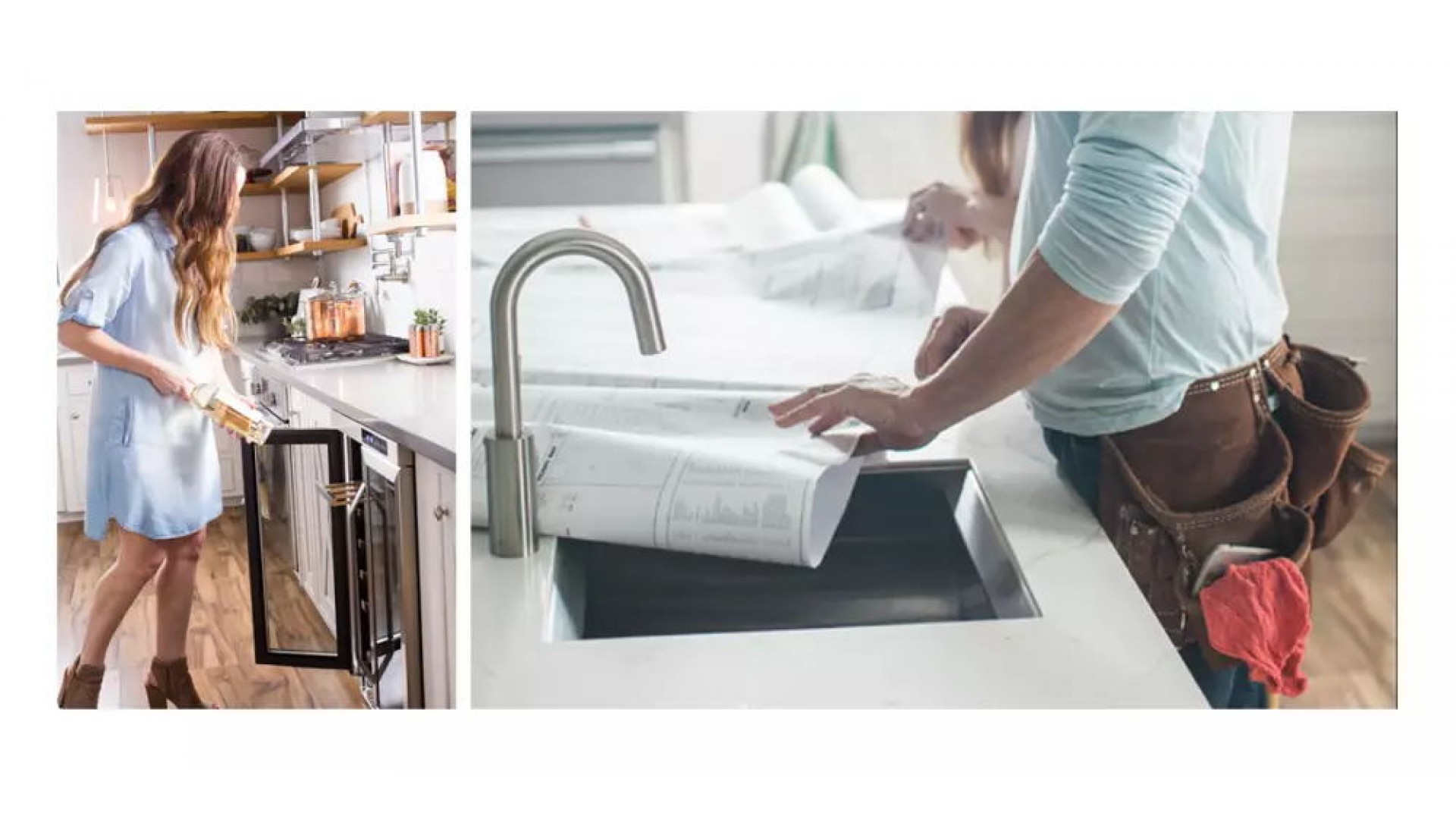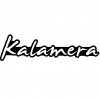Storage of wine is an important consideration for wine that is being kept for long-term aging. While most wine is consumed within 24 hours of purchase, fine wines are often set aside for long-term storage. Wine is one of the few commodities that can improve in flavor and value with age, but it can also rapidly deteriorate if kept in inadequate conditions.
The three factors that have the most direct impact on a wine's condition are light, humidity, and temperature. Historically, the storage of wine was handled by wine merchants. Since the mid-20th century, however, consumers have been increasingly storing their own wine in home-based wine cellars.
The three factors that have the most pronounced effect on wine in storage are light, humidity, and temperature.
Light
Direct sunlight or incandescent light can adversely react with phenolic compounds in wine and create "wine faults". When wine is exposed to the light from sunlight, fluorescent artificial lights or any other form of lighting, it can change its flavor and aroma.
Light-bodied white wines run the greatest risk from light exposure, and for that reason, they are often packaged in tinted wine bottles that offer some protection from light. Wines packaged in clear, light green and blue colored bottles are the most vulnerable to light and may need extra precautions for storage. In the cellar, wines are stored in corrugated boxes or wooden crates to protect them from direct light.
Humidity
Some degree of humidity is required in order to keep wines with cork enclosures from drying out. Even when wine bottles are stored on their sides, one side of the cork is still exposed to air. Should the cork begin to dry out, it can allow oxygen to enter the bottle, filling the ullage space and possibly causing the wine to spoil or oxidize. Excessive humidity can also pose the risk of damaging wine labels, which may hinder identification or hurt potential resale value. Wine experts such as Jancis Robinson note that 75% humidity is often cited as ideal but also that there is very little significant research to definitively establish an optimal range.[1] Concern about humidity is one of the primary reasons why wine experts such as Tom Stevenson recommend that wine should not be kept in a refrigerator since the refrigeration process often includes dehumidifying, which can quickly dry out corks.
Some wine experts debate the importance of humidity for proper wine storage. In the Wine Spectator, writer Matt Kramer cites a French study which claimed that the relative humidity within a bottle is maintained at 100% regardless of the closure used or the orientation of the bottle.However, Alexis Lichine contends that low humidity can still be detrimental to premium wine quality due to the risk of the cork drying out. As a way of maintaining optimal humidity, Lichine recommends spreading half an inch of gravel on the floor of a wine cellar and periodically sprinkling it with some water.

Temperature
Madeira is exposed to high temperatures during its winemaking process and is thereby able to sustain exposure to higher temperatures more easily than other wines.
Wine is very susceptible to changes in temperature, with temperature control being an important consideration in wine storage. If the wine is exposed to too high a temperature (in excess of 77 °F (25 °C)) for long periods of time, it may be spoiled or become "corked" and develop off-flavors that taste raisiny or stewed. The exact length of time that a wine is at risk of exposure to high temperatures will vary depending on the wine, with some wines (such as Madeira which is exposed to high temperatures during its winemaking) being able to sustain exposure to high temperatures more easily than other, more delicate wines (such as Riesling). If the wine is exposed to temperatures that are too cold, the wine can freeze and expand, causing the cork to be pushed out or (more usually) the bottle to crack; this will allow more oxygen to be exposed to the wine. Temperature swings (such as repeated transferring a wine from a warm room to a cool refrigerator) can also cause adverse chemical reactions in the wine that may lead to a variety of wine faults.
In general, a wine has a greater potential to develop complexity and a more aromatic bouquet if it is allowed to age slowly in a relatively cool environment. The lower the temperature, the more slowly a wine develops. On average, the rate of chemical reactions in wine doubles with each 18 °F (10 °C) increase in temperature. Most experts, such as Jancis Robinson, recommend that wine be kept at constant temperatures between 50 and 59 °F (10 and 15 °C). Tom Stevenson speculates that 52 °F (11 °C) may be the most ideal temperature for storage and aging, while Karen MacNeil recommends keeping wine intended for ageing in a cool area with a constant temperature around 55 °F (13 °C). Wine can be stored at temperatures as high as 69 °F (21 °C) without long-term negative effect. Professor Cornelius Ough of the University of California, Davis believes that wine can be exposed to temperatures as high as 120 °F (49 °C) for a few hours and not be damaged.
From Wikipedia on Storage of Wine






